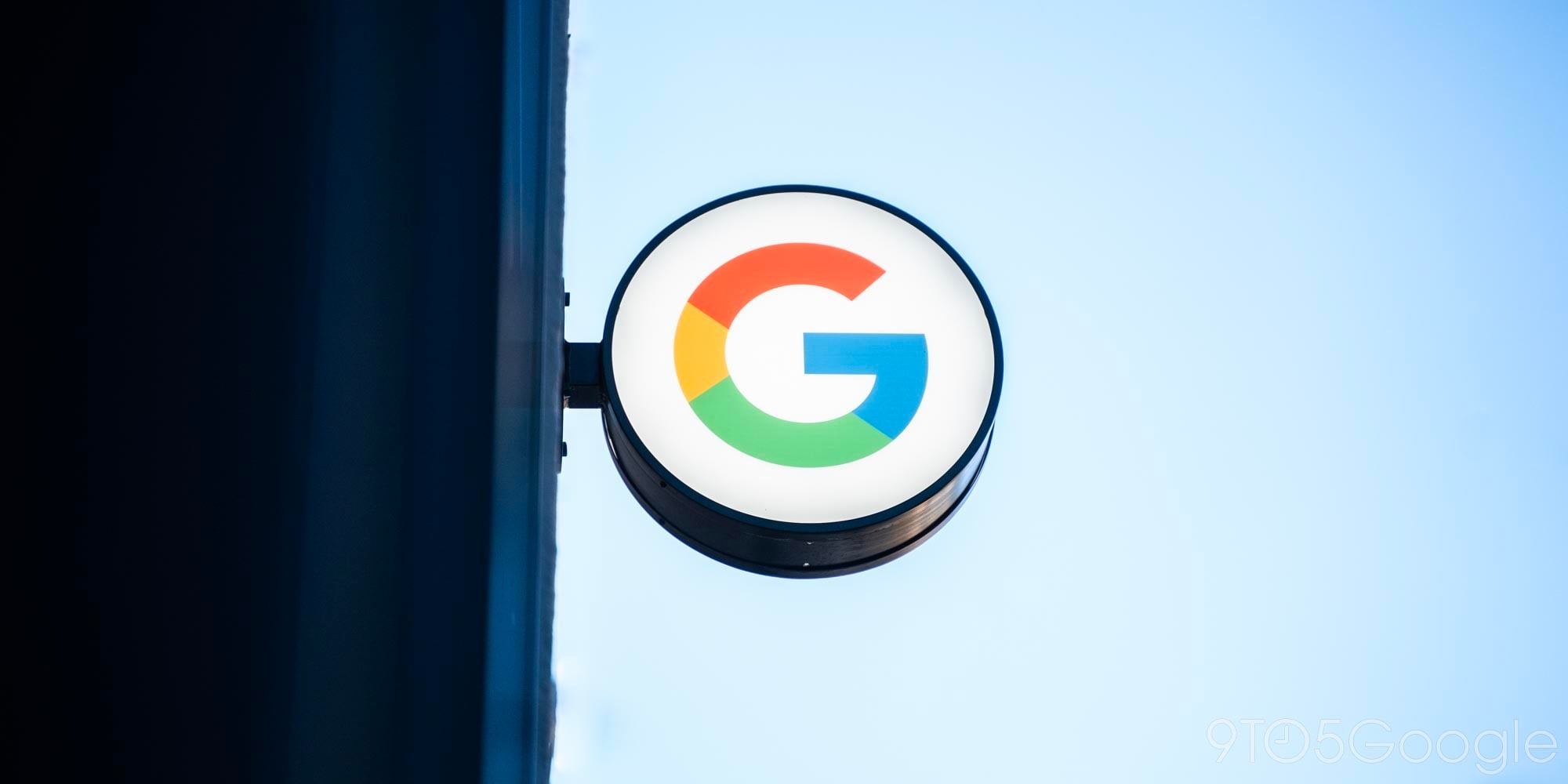
[youtube=http://www.youtube.com/watch?v=VunSqD1MOjE&w=560&h=420]
There are a hundred different ways to tackle the question of what Motorola’s goals are for releasing a sub $200 smartphone into the wild. Motorola stated at their Moto G launch in Brazil that they wish to introduce a “premium experience at less than 1/3 the price of high-end phones.” In that regard and judging by the tech blogosphere first thoughts, Motorola has certainly accomplished what they set out to do.
Ok, so we’ve established there’s little question that Motorola has a device that “outperforms” competitive devices at its price point. However, the real question here isn’t whether or not Motorola has introduced a great phone at a great price, but whether or not it’s enough to really be labeled as a “game-changer.”
There is still a lot of ground for Motorola to cover to convince the masses that a sub $200 smartphone can compete with high-end devices like the Galaxy S 4 or HTC One. In fact, Motorola doesn’t even have to convince anyone that the Moto G can “outperform” those devices, all it needs to do is convince the world that you don’t need to spend $500 plus for a premium experience.
Here’s the thing, for just $150 more you can grab a Nexus 5, with greater capabilities and the absolute assurance of fast updates. There’s the Alcatel One Touch Fierce on T-mobile for $210, Galaxy Express on AT&T for $250 and a host of other devices in the sub $250 price point but the reality is none of these match from a value proposition.
Motorola just can beat the Nexus when it comes to market-share thanks in part to the carriers who save for T-Mobile these days don’t really touch Nexus devices. So, in that regard Motorola can chalk up a win as they should have carrier support with the Moto G. Now, that’s not to say I’d suggest pushing a two-year contract for the Moto G, but you could…I just can’t see why you would want to when its the same cost outright as “hero” devices are subsidized.
That leaves the the real question as what exactly qualifies as “game-changing?” It’s already an overused term in the mobile industry without question and one that should have been retired long ago. Is the lack of LTE enough to stop you in your tracks before buying even if the $179/$199 price tag is an incredible offer? If Motorola can get its marketing act together and really push the Moto G, they could have tremendous success, but they need to make sure they have the right message.
Earlier this week, I asked what factors did you consider when looking at your next smartphone purchase? Now, with the release of the Moto G ahead of schedule I’m questioning yet again what factors will you consider when looking at a potential purchase of the Moto G? Is the price tag alone enough to make you pick up a G as a secondary/backup device regardless of its lack of LTE?
Will Motorola’s attempt at changing the face of the mobile industry succeed? Will Motorola be able to alter our sense of what’s really economically necessary to spend on a device in order to have a good Android experience? Time will tell, but for now it’s definitely something the entire industry is going to watch closely.

[youtube=http://www.youtube.com/watch?v=VunSqD1MOjE&w=560&h=315]
FTC: We use income earning auto affiliate links. More.


Comments